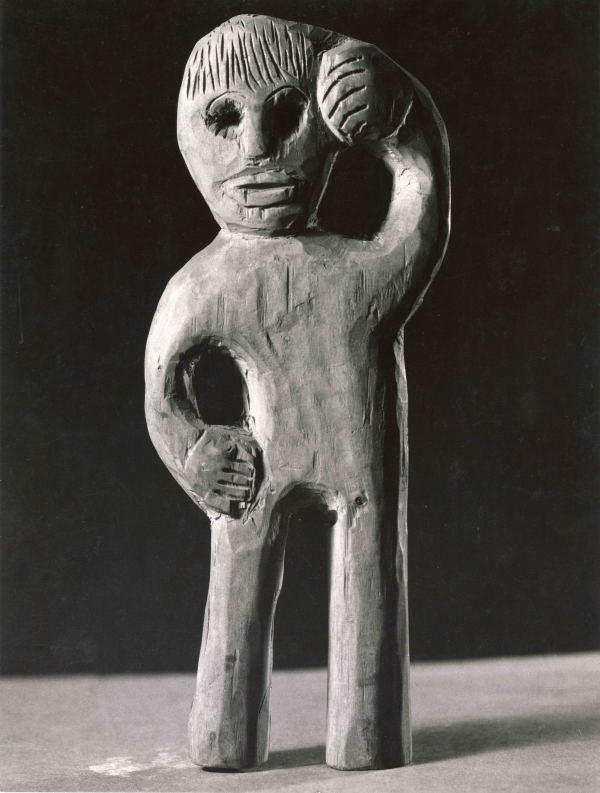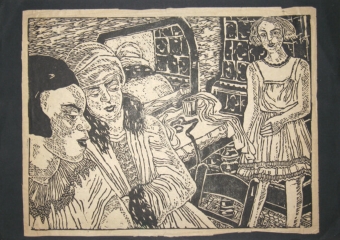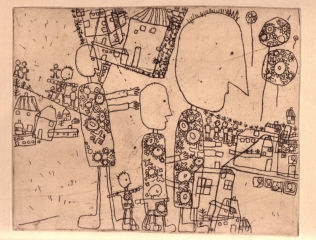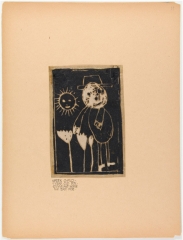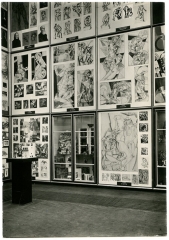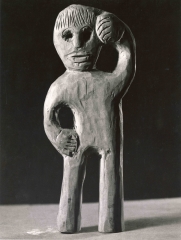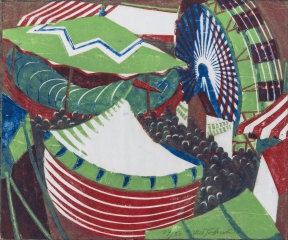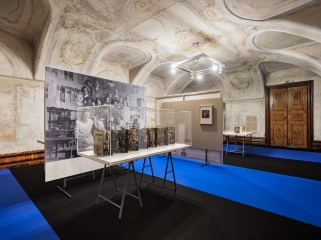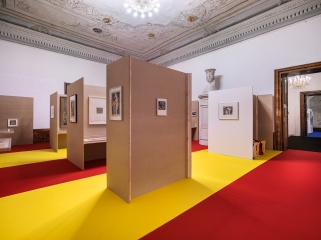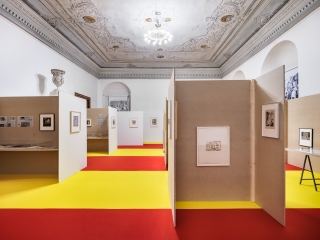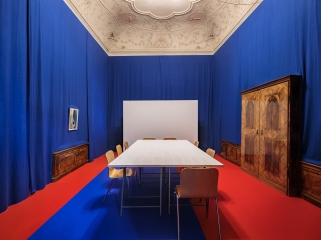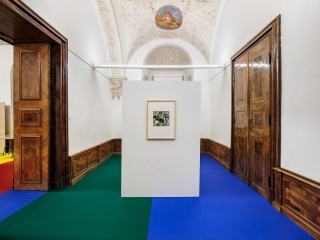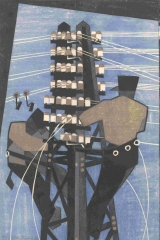Exhibition opening
10. October 2023 - 18:00
Universitätsgalerie der
Angewandten im Heiligenkreuzerhof, Schönlaterngasse 5 / Grashofgasse 3, 1010 Wien
Exhibition
duration
11. October 2023 - 16. December 2023
Universitätsgalerie
der Angewandten im Heiligenkreuzerhof, Schönlaterngasse 5 / Grashofgasse 3, 1010 Wien
Monika Platzer: Bewegtes Gespräch: Frauenkunst, Schulkunst oder Avantgarde?
10.
November 2023 - 18:00
Universitätsgalerie der Angewandten im Heiligenkreuzerhof, Schönlaterngasse
5 / Grashofgasse 3, 1010 Wien
Rolf Laven: Franz Čižek – Spielräume der Kunst
15. November 2023 - 18:00
Universitätsgalerie der Angewandten im Heiligenkreuzerhof,
Schönlaterngasse 5 / Grashofgasse 3, 1010 Wien
Guided tour for children and young people
with Laura Egger-Karlegger and Eva Marie Klimpel
25. November 2023 - 14:00
Universitätsgalerie der Angewandten im Heiligenkreuzerhof, Schönlaterngasse 5 / Grashofgasse 3, 1010 Wien
Curator tour with Stefanie Kitzberger and Robert Müller
28. November 2023
- 17:00
Universitätsgalerie der Angewandten im Heiligenkreuzerhof, Schönlaterngasse 5 / Grashofgasse
3, 1010 Wien
Alexandra Barcal: The Spectacle of the Everyday – Die Schweizer Künstlerin Lill
Tschudi und der moderne Linolschnitt
07. December 2023 - 18:00
Universitätsgalerie
der Angewandten im Heiligenkreuzerhof, Schönlaterngasse 5 / Grashofgasse 3, 1010 Wien
Curator
tour with Stefanie Kitzberger and Robert Müller
12. December 2023 - 17:00
Universitätsgalerie
der Angewandten im Heiligenkreuzerhof, Schönlaterngasse 5 / Grashofgasse 3, 1010 Wien
Performance
by Sara Lanner
13. December 2023 - 18:00
Universitätsgalerie der
Angewandten im Heiligenkreuzerhof, Schönlaterngasse 5 / Grashofgasse 3, 1010 Wien
Barbara
Wittmann: Anachronismus und Avantgardismus der Kindheit: Franz Čižek, Reformpädagogik und Anthropologie nach 1910
15. December 2023 - 18:00
Universitätsgalerie der Angewandten im Heiligenkreuzerhof,
Schönlaterngasse 5 / Grashofgasse 3, 1010 Wien
Nachrichten aus der Praxis
16.
December 2023 - 15:30
Universitätsgalerie der Angewandten im Heiligenkreuzerhof, Schönlaterngasse
5 / Grashofgasse 3, 1010 Wien




